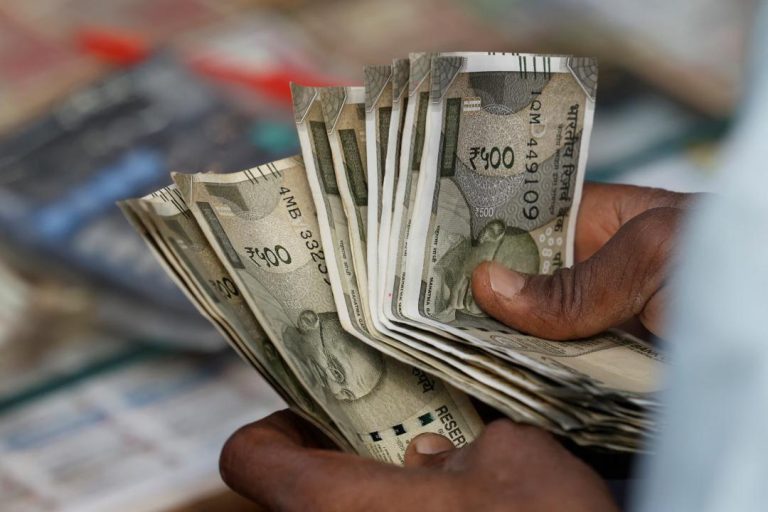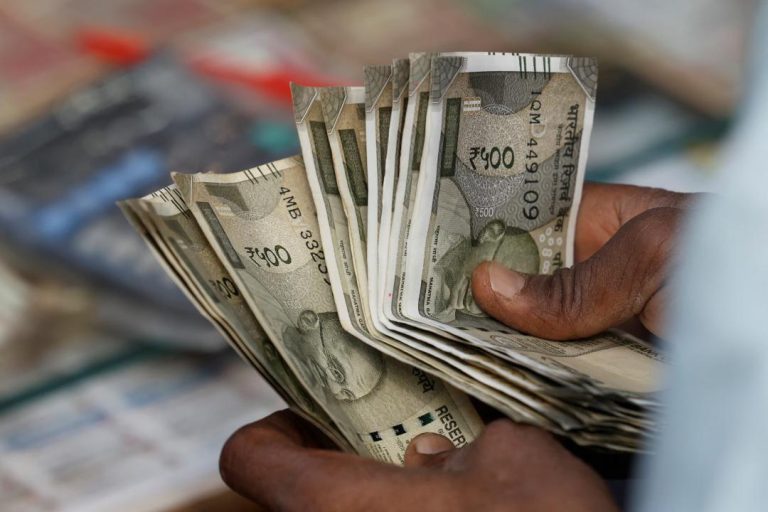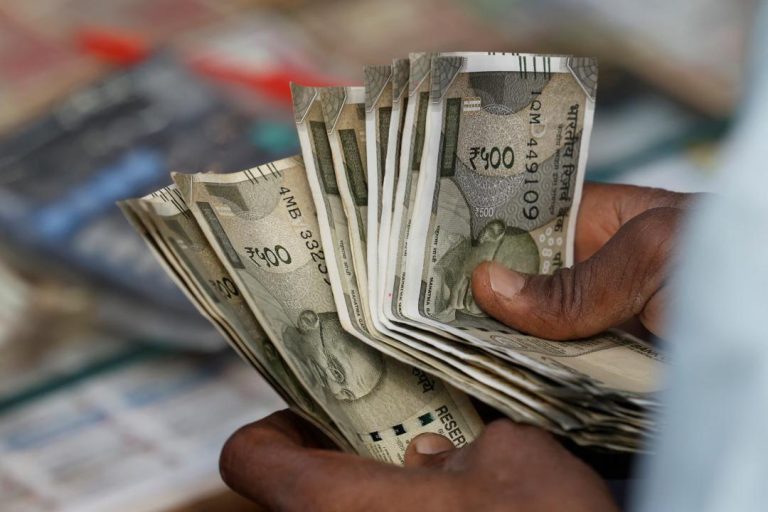
What got cheaper & costlier in March as CPI falls to 67-month-low of 3.34%?
India’s retail inflation, as measured by the Consumer Price Index (CPI), has fallen to a 67-month low of 3.34% in March, according to data released by the Ministry of Statistics and Programme Implementation. This significant decline in inflation has led to a mixed bag of price movements across various categories of goods and services. While some essential items like eggs, vegetables, and pulses have become cheaper, prices of others, including fruit, cereals, and snacks, have seen moderate increases.
Commodities that got cheaper
The prices of eggs, vegetables, and pulses have seen significant declines in March, contributing to the overall drop in inflation. According to the data, the prices of eggs fell by 13.3% year-on-year, while those of vegetables dropped by 6.5%. Pulses, which are a staple in many Indian households, saw their prices decline by 6.1%. These declines are likely to be welcome news for consumers, who have been facing rising prices in recent months.
Other commodities that saw marginal declines in prices include spices, meat, fish, and housing. The prices of spices fell by 2.4%, while those of meat, fish, and poultry products dropped by 1.8%. Housing prices, which have been a concern for many Indians, saw a modest decline of 0.6%.
Commodities that got costlier
While many essential items have become cheaper, some categories have seen moderate price increases. Fruit prices have seen a significant jump of 14.1% year-on-year, which is likely to be a cause of concern for consumers. This increase is partly due to factors like adverse weather conditions and supply chain disruptions.
Other commodities that saw moderate price increases include cereals, milk, oil, sugar, confectionery, clothing, snacks, sweets, pan, tobacco, footwear, fuel, and health and education services. The prices of cereals, for instance, rose by 2.4%, while those of milk and milk products increased by 2.1%. The prices of oil and diesel, which are crucial for transportation and industry, saw moderate increases of 1.1% and 0.5%, respectively.
Sectoral performance
The decline in retail inflation has been led by a sharp decline in the prices of food and beverages, which account for around 46% of the consumer basket. The prices of food items, including cereals, pulses, fruits, and vegetables, have seen significant declines, which has helped to keep inflation in check.
The prices of fuel, which account for around 8% of the consumer basket, have seen moderate increases, which is likely to have a ripple effect on the overall economy. The prices of healthcare services, which account for around 6% of the consumer basket, have also seen moderate increases.
Implications for the economy
The decline in retail inflation is likely to have implications for the overall economy. A lower inflation rate can lead to higher real interest rates, which can make borrowing more expensive for consumers and businesses. This, in turn, can lead to a slowdown in economic growth.
However, a lower inflation rate can also lead to higher purchasing power for consumers, which can boost demand and support economic growth. The Reserve Bank of India (RBI) is likely to keep a close watch on inflation trends and adjust its monetary policy accordingly.
Conclusion
India’s retail inflation has fallen to a 67-month low of 3.34% in March, led by sharp declines in the prices of food and beverages. While some essential items like eggs, vegetables, and pulses have become cheaper, prices of others, including fruit and cereals, have seen moderate increases. The implications of this decline in inflation are likely to be complex and will depend on various factors, including the overall pace of economic growth and the RBI’s monetary policy stance.
Source:






